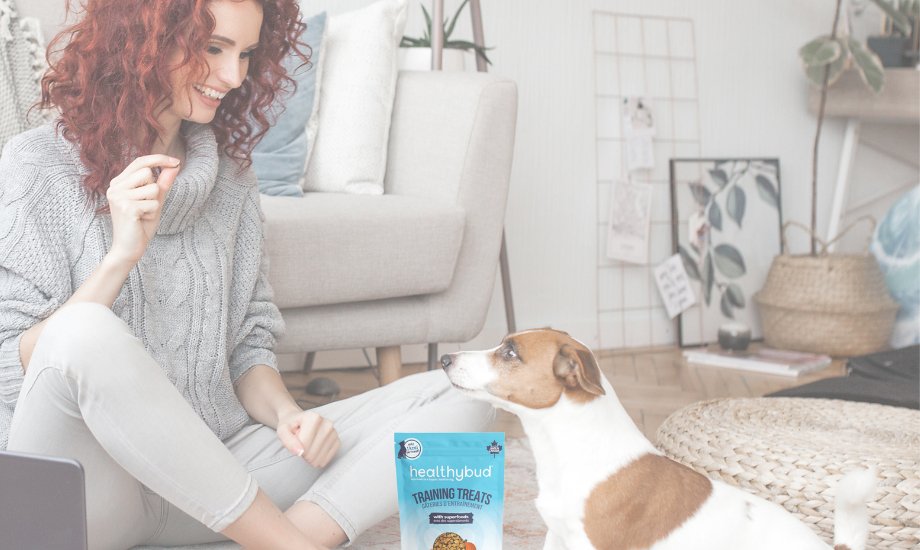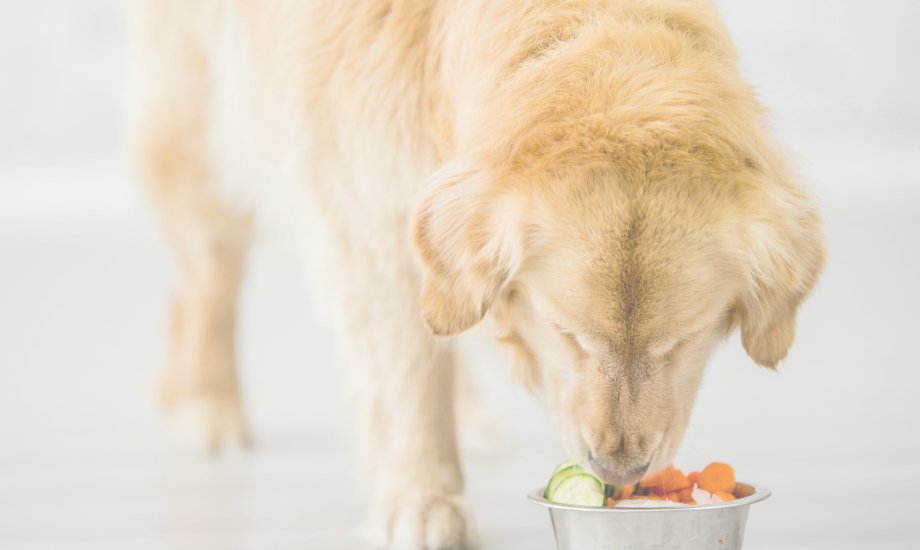Choosing the right food for your pup can be a difficult task! There are an overwhelming amount of food types and choosing the right meals can be one of the most (if not the most) important decisions you will make as a new pet parent.
Why Focus On Proper Nutrition?
Proper nutrition is the foundation of your dog’s health and can have major effects on your dog’s overall long-term health, energy levels and behavior. There are many different types of food that a parent can feed their pup, like:
- Kibble
- Raw
- Freeze-dried
- Air-dried
- Dehydrated
- Wet or canned
- Gently cooked
How Do We Know Which Is Best For Our Pups?
First, we must make sure our buds are receiving highly nutritious ingredients and balanced meals. As their guardians, it's our job to feed our pups the best food we can afford. Contrary, to popular belief, a nutritious and balanced meal can be achieved through more than one diet type.
Kibble is by far the most common diet type, are often marketed as an all-encompassing and balanced food type that is set to meet all of our pups needs. It is often sold as the only diet type that can provide a “balanced meal”. Unfortunately, that is often not true as today many kibble brands available at the local pet stores or big-box retailers are far too high in carbohydrate and fat content, and contain far too many preservatives (to keep it from spoiling) or fillers/additives (like sugars) that can be detrimental to overall health. If choosing the kibble route, make sure to find the brands that use the least amount of preservatives and filler ingredients like corn or wheat and opt for brands that include real human-quality ingredients.
On the other hand, some raw, air-dried or freeze-dried food may be balanced and others may not be. Many raw formulas do a good job of adding supplemental vegetables like broccoli and carrots while others will contain solely meat and not provide enough nutritional balance for our pup.
Our method of choosing the best food for our pup is by first doing research on the top brands and then monitoring our pup (and their stool) closely when introducing a new food type to see how they react to it.
There are higher quality and poor quality foods of each type so it’s most important to make sure the company you are buying from is honest and reputable. Reach out to them directly if you have questions or concerns. The unfortunate truth is that there is not enough regulation when it comes to “pet food” so it's up to us to do our due-diligence when choosing the right meals for our furry friends.
Helpful Tips
- Read the back of pet food labels. If you can't pronounce the ingredient, you most likely shouldn't be feeding it. Look out for filler ingredients. **Pro-tip: the order that ingredients appear in the list goes according to descending order by weight. If 'wheat' is the first ingredient for example, it's the main ingredient in the formulation.
- Search for unbiased opinions and speak to your trusted sources.
- Find companies whose products you can trust (a good, caring company will always have someone who can hear out your questions/concerns)
- Monitor how your dog is adjusting to their food (feeding patterns, energy levels and behavior)
Keep In Mind
There’s no one-size fits all approach to dog nutrition - a diet that one dog does well on, may not be suited for the next dog. Monitor how your dog is taking to their diet and make adjustments accordingly. Some signs of a proper diet are:
- Healthy skin and a shiny coat
- Clean teeth and fresh breath (dog fresh that is 😉)
- Healthy body weight and muscle mass
- Solid poops
- Free from allergic reactions
Final Thoughts
If you're nervous about making the right choice, ask some fellow pet parents for recommendations, speak to your vet, groomer, shelter (but do be careful as there are countless biased opinions in the pet space). It's always helpful to know if/who they're sponsored by when giving advice and make sure that you are aligned with the company sponsoring them.
IMPORTANT DISCLAIMER: The information presented here is not meant to replace your vet’s advice or prescribed medications, but only to suggest additional options to explore, based on your dog’s condition.





